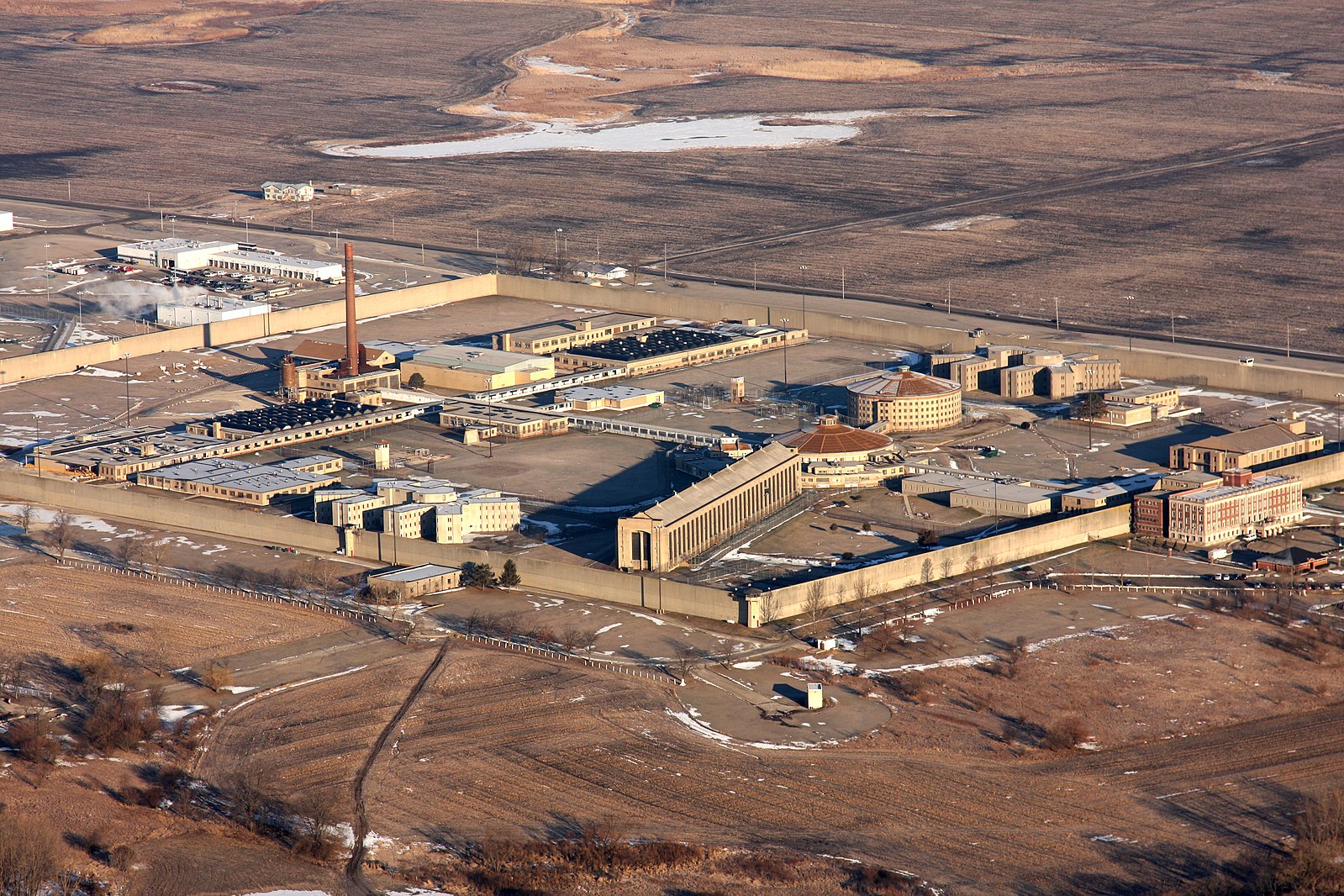Illinois Prison Water Contamination Keeps Getting Worse
Water at 12 state prisons has tested positive for the bacteria this year.

Legionella bacteria have been found in the water at 12 Illinois prisons since testing began in February, according to lab reports obtained by The Appeal. Legionella can cause Legionnaires’ disease, a potentially fatal type of pneumonia. More than 9,000 people are incarcerated across the impacted facilities.
The new testing results seem likely to buoy concerns from community members about water quality issues in Illinois prisons. Earlier this month, local groups called for the state to conduct a top-down assessment of the water infrastructure at the state’s prisons after an Appeal investigation published in March revealed that Legionella was found in five prisons, not two as the Illinois Department of Corrections (IDOC) and the state health department first announced. The revelation prompted accusations from advocates that IDOC had initially misled the public about the extent of the contamination.
Water sources at 33 out of IDOC’s 45 facilities have now been tested for Legionella bacteria, according to lab reports the department shared with The Appeal. The latest results show that contaminated water has been detected at Jacksonville Correctional Center, Pinckneyville Correctional Center, Taylorville Correctional Center, Dixon Correctional Center, Logan Correctional Center, Decatur Correctional Center, and Southwestern Illinois Correctional Center. Previous rounds of testing returned positive results at Graham Correctional Center, Joliet Treatment Center, Kewanee Life Skills Re-Entry Center, Northern Reception and Classification Center at Stateville (Stateville NRC), and Stateville Correctional Center. Testing is conducted by the University of Illinois.
Contaminated water has been a longstanding problem in Illinois prisons, many of which have aging infrastructure. A study of the water crisis in Flint, Michigan showed that old pipes can contribute to the growth of Legionella bacteria. In Illinois, several of the state’s prisons opened decades ago. Stateville, one of the state’s oldest prisons, opened almost a century ago, in 1925. Of the other prisons where Legionella was found, most were built well over twenty years ago.
One person at Stateville was diagnosed with Legionnaires’ in 2015, and in 2020, two people incarcerated in Illinois’ Pontiac Correctional Center—which opened in 1871—contracted the disease. The water at Pontiac was tested in May, and the bacteria were not detected, according to a lab report provided by IDOC to The Appeal.
In February, just a month before legionella was found in Stateville NRC, the civil rights firm Uptown People’s Law Center and Jenner & Block LLP sued the prison’s warden and director over conditions at the facility. They alleged, among other claims, that sink water in the cells smells “like sewage and has a faint, brown color.” According to the complaint, staff bring in their own jugs of water. After The Appeal reported that Legionella have been found at NRC, the attorneys filed an amended complaint, stating that prison officials have not supplied prisoners “with bottled water on a consistent basis.” Several incarcerated people said they had not received “any alternative drinking water sources.”
After the first round of positive tests in March, IDOC hired a water consulting firm to conduct additional testing and implement a “Corrective Action Plan,” an IDOC spokesperson told The Appeal in an email. Steps in the plan include flushing contaminated water sources, posting advisories informing people of contaminated water, and replacing old faucets at certain facilities, according to the spokesperson.
Water sources that have tested positive for Legionella are typically retested within about two weeks, according to IDOC. Subsequent rounds of testing at Decatur, Graham, Jacksonville, Pinckneyville, Southwestern, Kewanee, Logan, and Dixon found that the bacteria were no longer present—though that doesn’t necessarily mean other water sources aren’t contaminated.
At Joliet, a retest of a contaminated water source tested negative, even as testing of an additional six sources revealed a second positive result. The most recent round of retesting showed that this second water source was still contaminated.
A similar pattern occurred at Stateville NRC and Stateville, which are on the same campus. Legionella was detected in both the first round of testing conducted in March and in subsequent testing of different water sources in May.
Legionella bacteria can cause the respiratory infection known as Legionnaires’ disease when it moves from water to a person’s lungs—if it is breathed in through droplets of water while taking a shower, for instance, or if while drinking water it “goes down the wrong pipe,” according to the Centers for Disease Control and Prevention. Person-to-person transmission of Legionnaires’ may be possible but is extremely unlikely.
In recent years, outbreaks of Legionnaires’ disease have been reported at prisons in California, Indiana, New Jersey, and Connecticut. “Large or complex water systems” are especially vulnerable to legionella bacteria, according to the CDC.
“We are showing the effects of decades of deferred maintenance,” Alan Mills, executive director of the Uptown People’s Law Center told The Appeal in March, after water at five prisons tested positive for Legionella bacteria. “These are old prisons, which for many years… were packed way beyond the capacity of which they were built, and that puts a strain on every system.”
Update: This story has been updated to reflect retesting results for Logan Correctional Center and Dixon Correctional Center.
